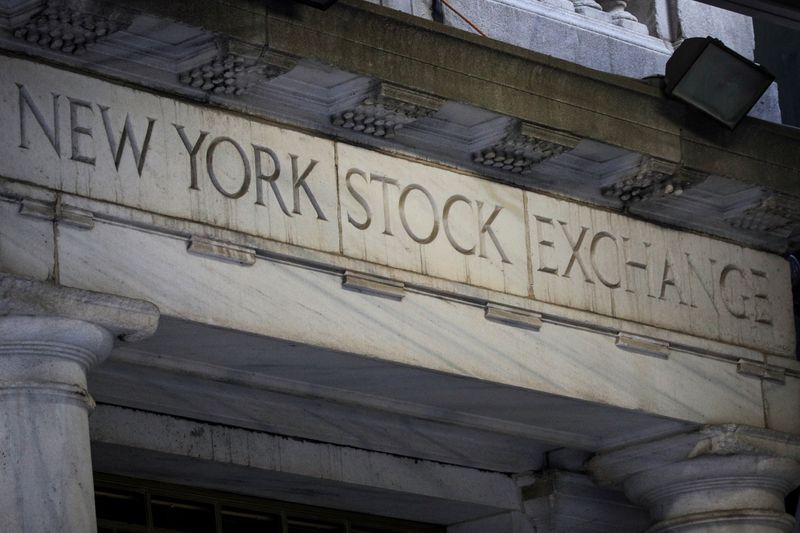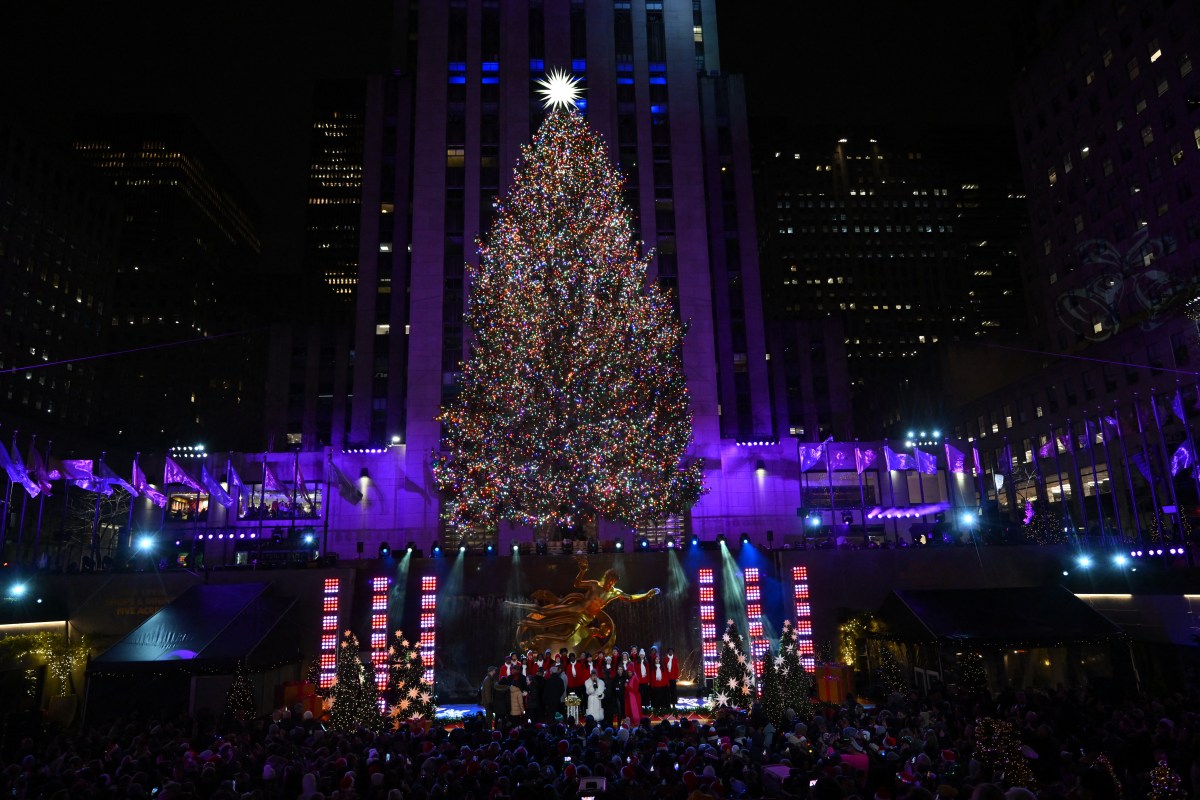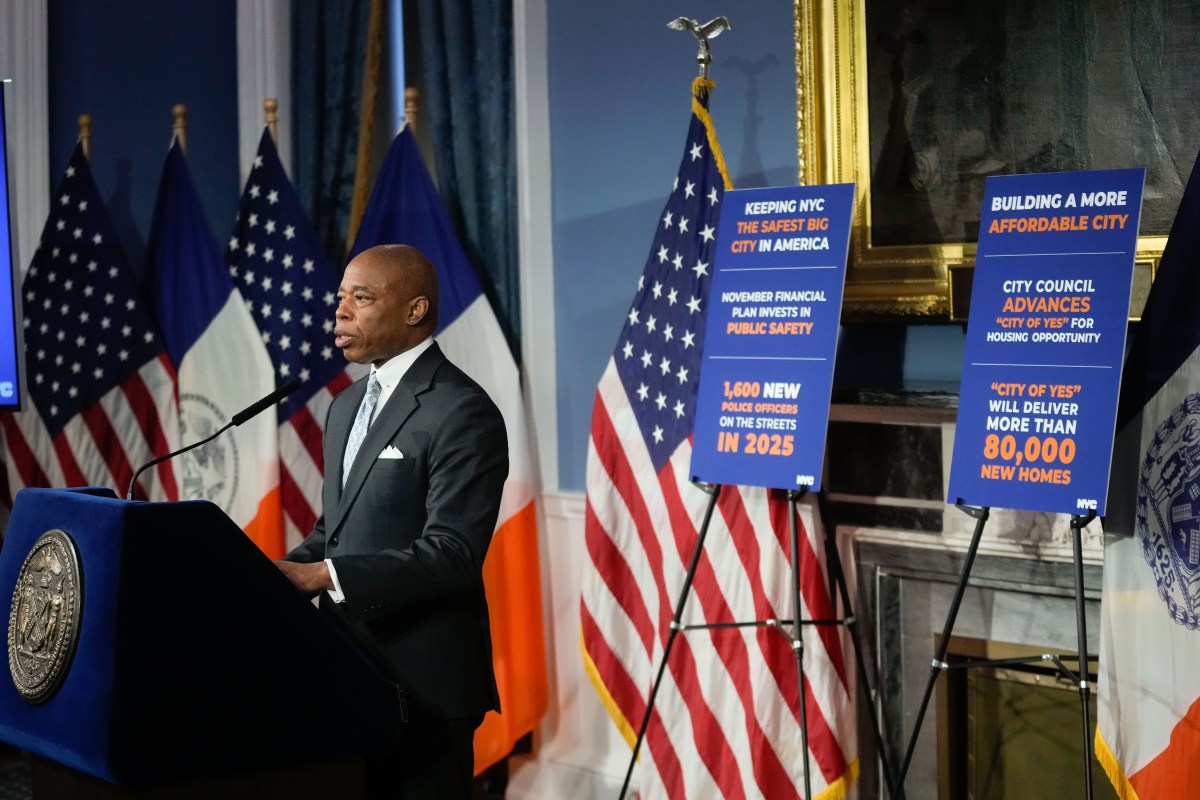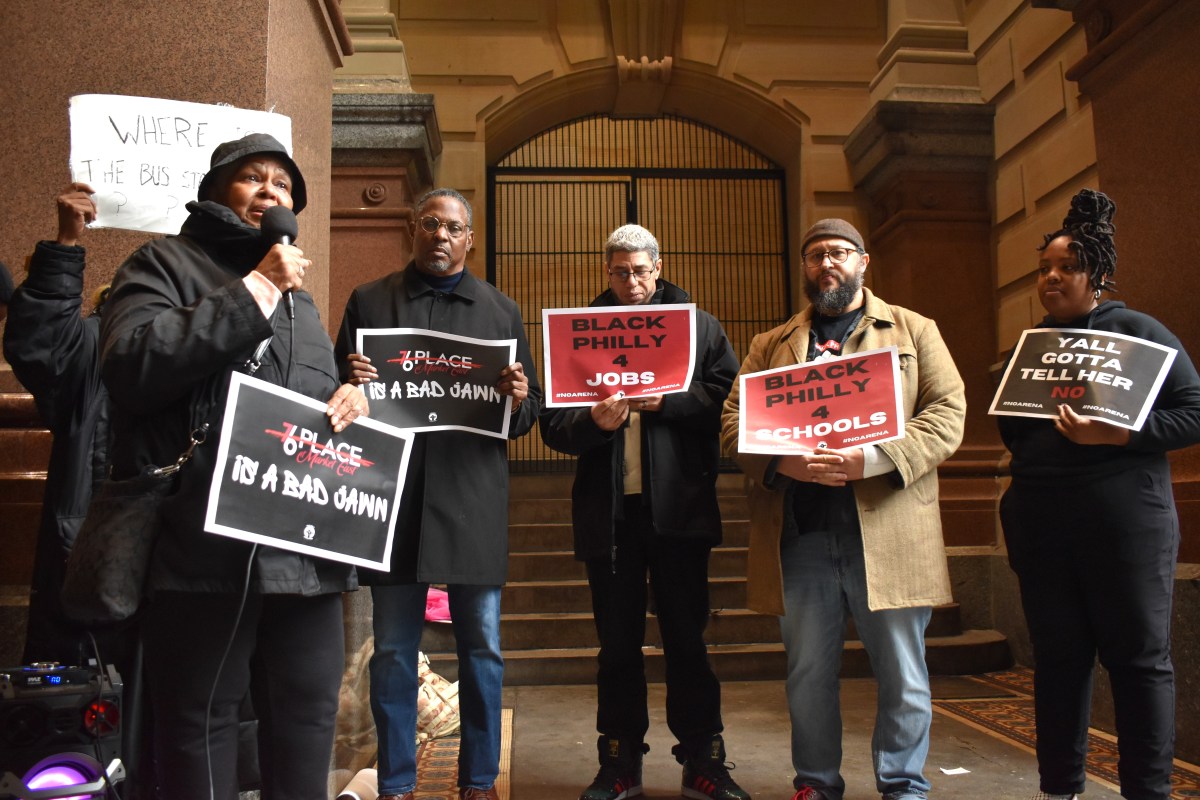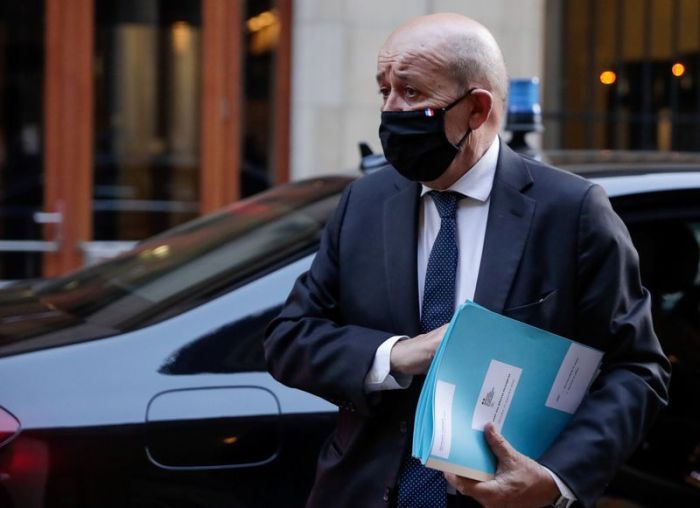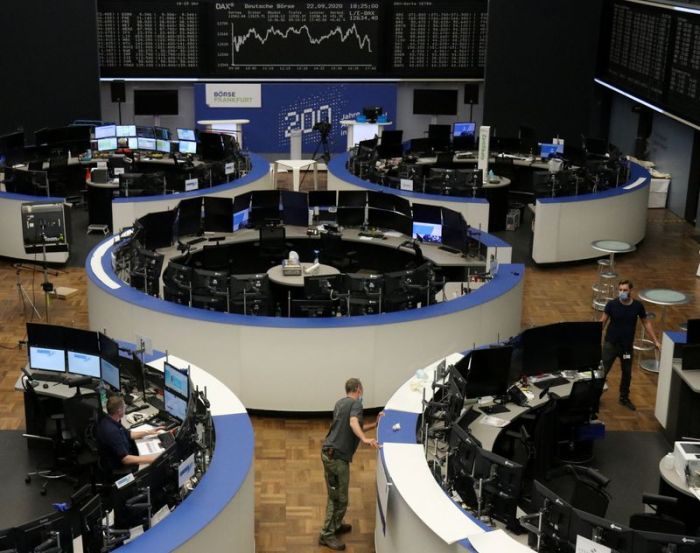(Reuters) – Wall Street’s main indexes fell sharply on Wednesday after data showing a cooling of U.S. business activity and the stalemate in Congress over more fiscal stimulus heightened concerns about the economy while the coronavirus pandemic remains unchecked.
The Nasdaq and S&P 500 fell more than 2%, and all 11 of the major S&P sectors closed lower. Energy <.SPNY> – already the worst-performing sector this year – led the rout in its biggest single-day decline since July 9.
Hopes of a strong recovery and historic stimulus fueled the U.S. stock rally following the coronavirus-driven crash in March. But doubts over another relief bill and a sell-off in heavyweight technology-related stocks have weighed on sentiment since the market peaked on Sept. 2.
Wednesday’s plunge came six months to the day that U.S. stocks on March 23 tumbled to their lowest point during the pandemic-induced selloff.
The economy is now leveling off at about 80% of activity before the pandemic and won’t get back to normal until a vaccine is in place, said Jason Pride, chief investment officer of private wealth at Glenmede in Philadelphia.
“We’re at that phase where it’s harder to get that next bit of the recovery, that next bit of the reopening in place,” Pride said. “We’re still doing it, but the progress is way slower than it was in the first three months of the reopening.”
Investors are struggling to understand where to invest with mega-cap tech stocks trading well above their long-term fair value, but the deep-value stocks represent maturing industries, such as energy and brick-and-mortar banks, he said.
“We’re spending more of our time in that sweet spot in the middle to get away from the extremes of growth,” Pride said.
Federal Reserve Chair Jerome Powell said on Wednesday that the central bank was not planning any “major” changes to its Main Street Lending Program, while saying that both the Fed and Congress need to “stay with it” in working to bolster the economic recovery.
“The longer we go without more stimulus, the harder it will be to sustain the gains in the economy,” said Willie Delwiche, investment strategist at Baird in Milwaukee.
Data from IHS Markit showed gains at factories were offset by a slowdown in the broader services sector in September, suggesting a loss of momentum in the economy at a time when concerns are rising about a potential surge in COVID-19 cases heading into the colder months.
Meanwhile, the U.S. Justice Department unveiled a legislative proposal, which would need congressional approval, that seeks to reform a legal immunity for internet companies and follows through on President Donald Trump’s bid from earlier this year to crack down on tech giants.
Wall Street favorites including Apple Inc <AAPL.O>, Google-parent Alphabet Inc <GOOGL.O> and Amazon.com Inc <AMZN.O>, which have borne the brunt of recent losses, again declined at a rate exceeding losses of the benchmark S&P 500. A decline in Facebook Inc <FB.O> came in below the S&P drop.
The S&P 500 skidded to lows last seen in late July and is now down 9.6% from its record high hit three weeks ago. That puts it less than half a percentage point from entering corrective territory, as the Nasdaq did last week.
The Dow Jones Industrial Average <.DJI> fell 525.05 points, or 1.92%, to 26,763.13. The S&P 500 <.SPX> lost 78.65 points, or 2.37%, to 3,236.92, and the Nasdaq Composite <.IXIC> dropped 330.65 points, or 3.02%, to 10,632.99.
Volume on U.S. exchanges was 10.04 billion shares, up from 8.68 billion shares on Tuesday.
Tesla Inc <TSLA.O>, another recent Wall Street darling, tumbled 10.3% after Chief Executive Elon Musk failed to impress with his promise to cut electric vehicle costs at the company’s much-awaited “Battery Day” event on Tuesday.
Nike Inc <NKE.N> surged 8.8% to a record high after it reported that quarterly digital sales, especially in North America, helped offset a fall in sales at traditional brick-and-mortar stores.
Declining issues outnumbered advancing ones on the NYSE by a 7.80-to-1 ratio; on Nasdaq, a 5.95-to-1 ratio favored decliners.
The S&P 500 posted three new 52-week highs and one new low; the Nasdaq Composite recorded 34 new highs and 89 new lows.
(Reporting by Herbert Lash; additional reporting by Sagarika Jaisinghani and Devik Jain in Bengaluru; Editing by Leslie Adler)

